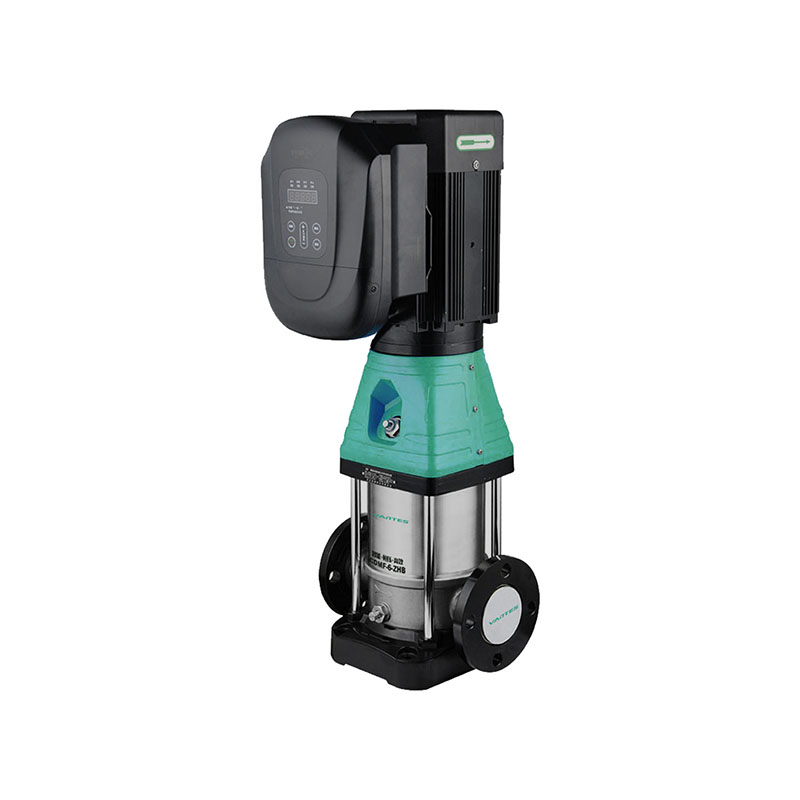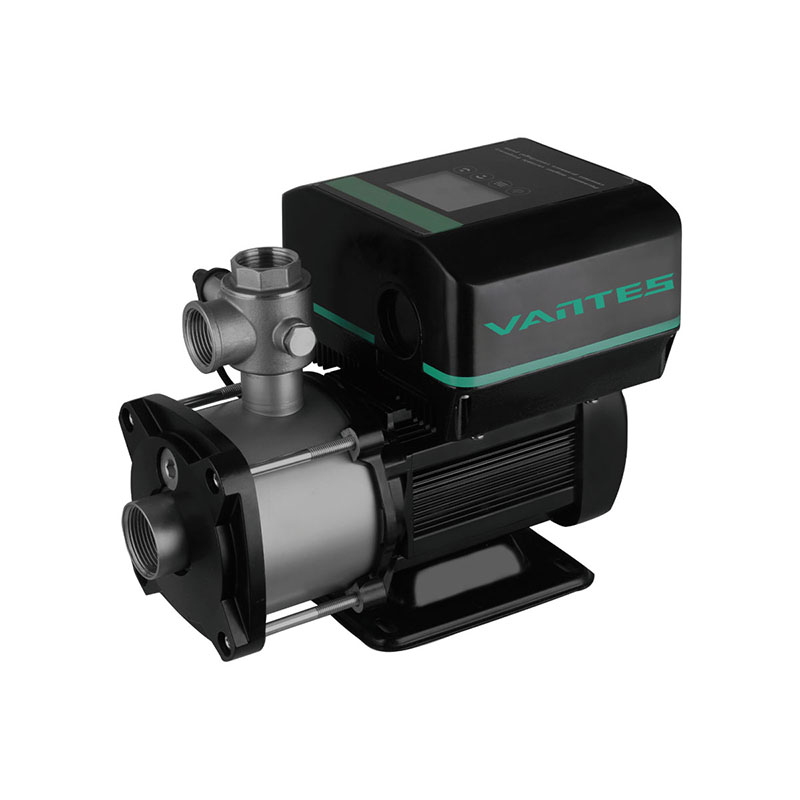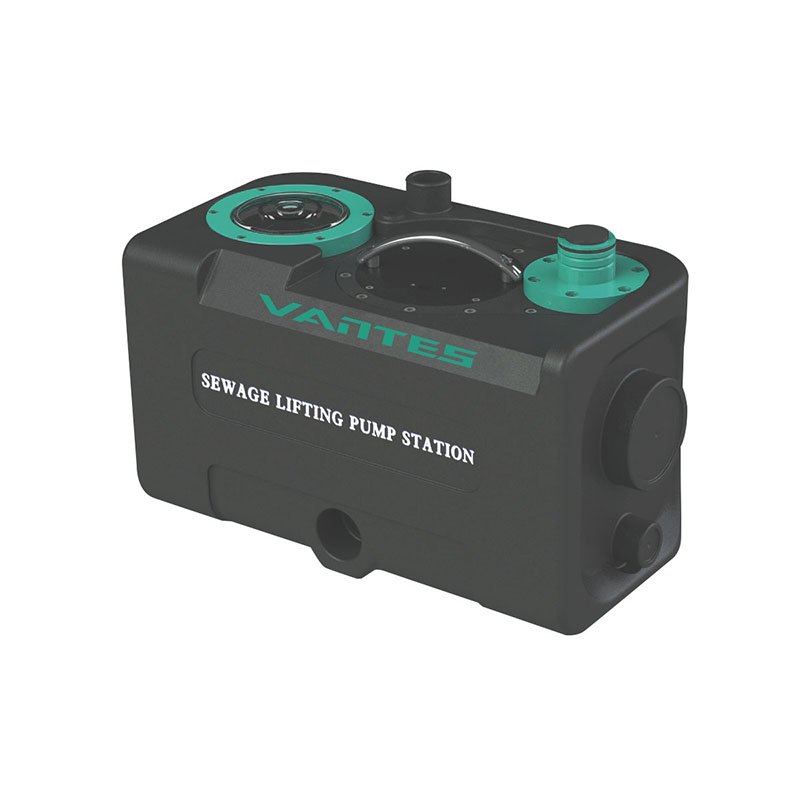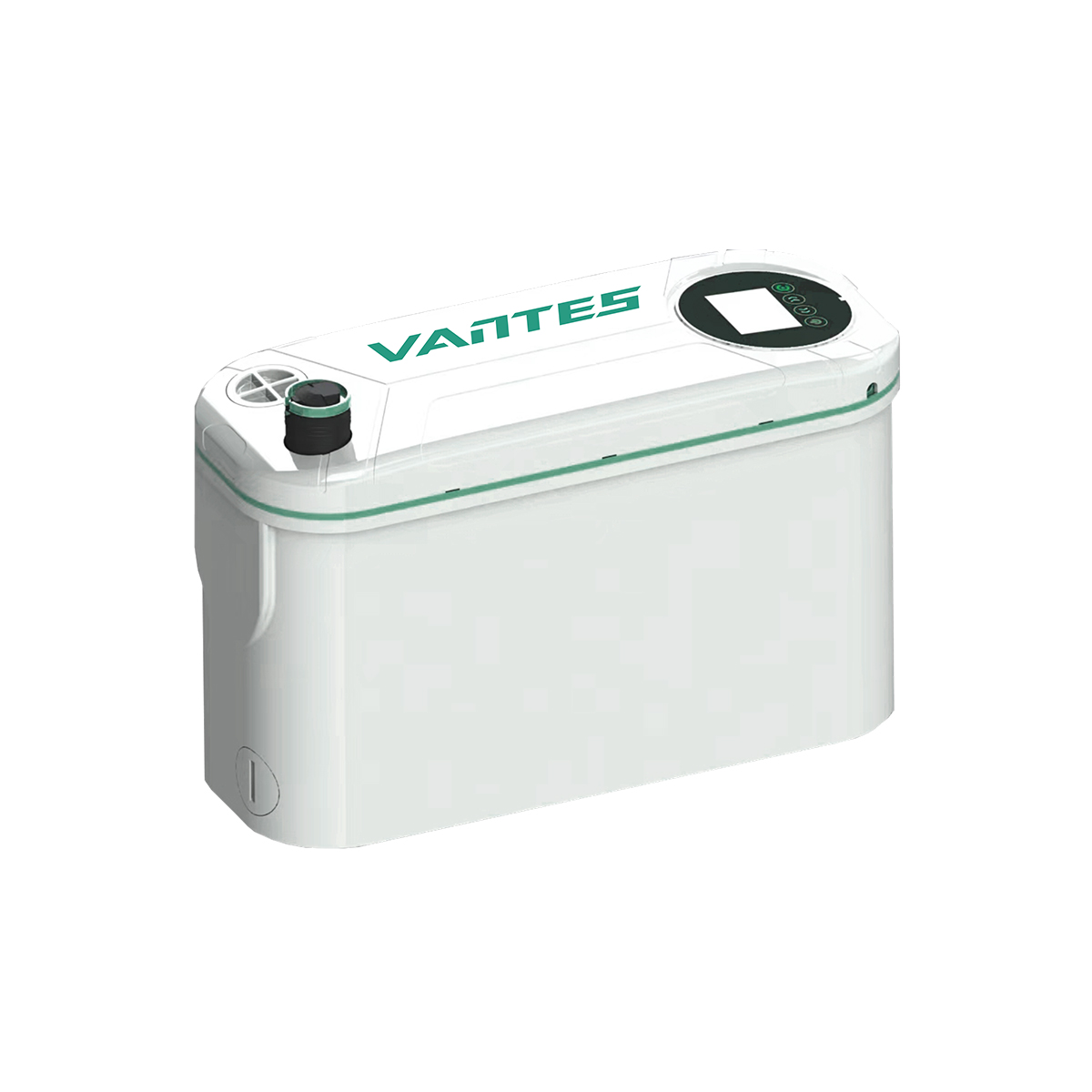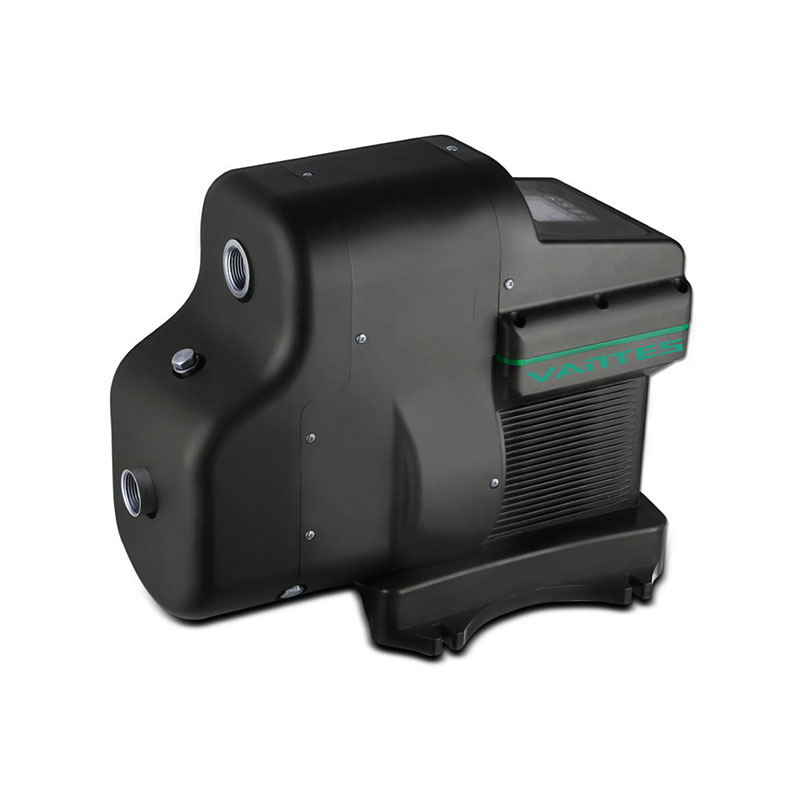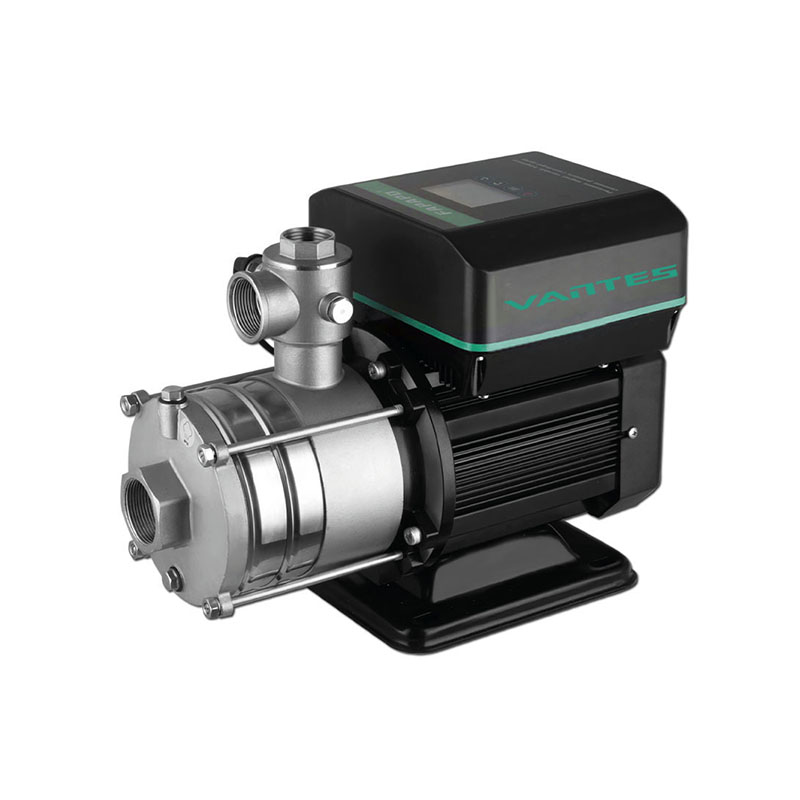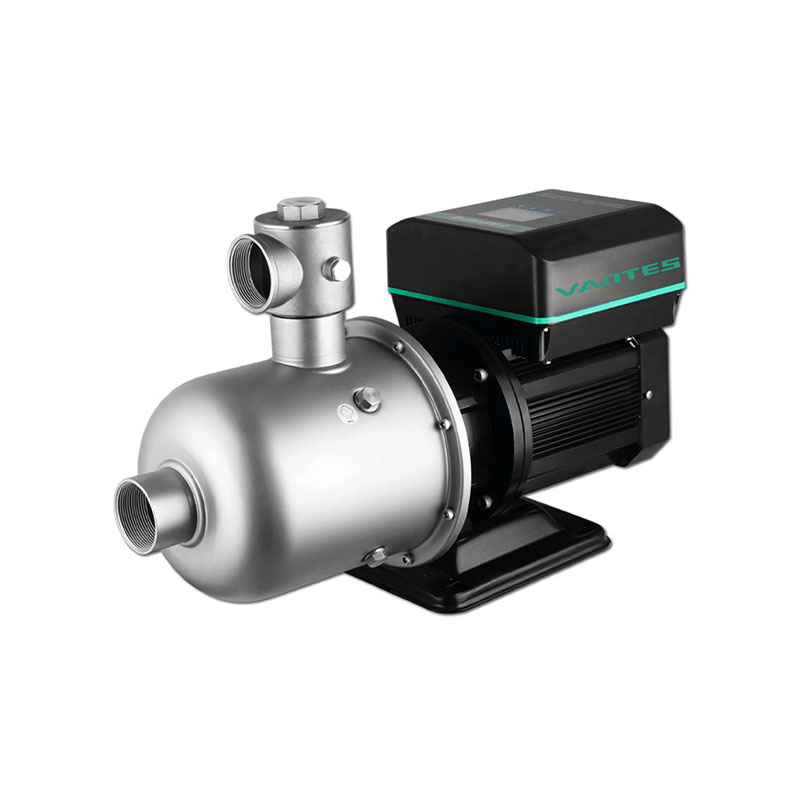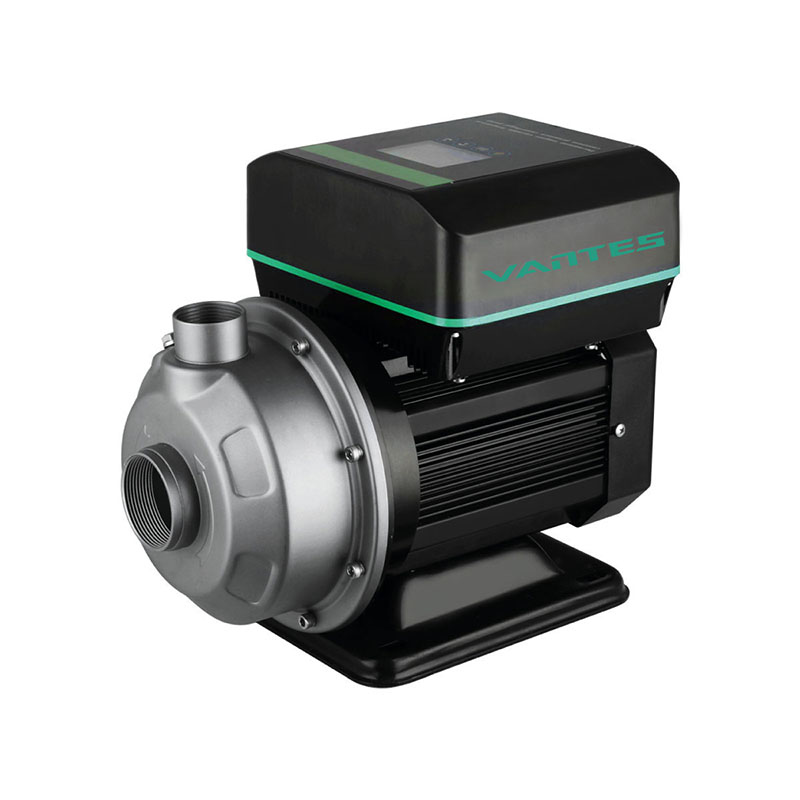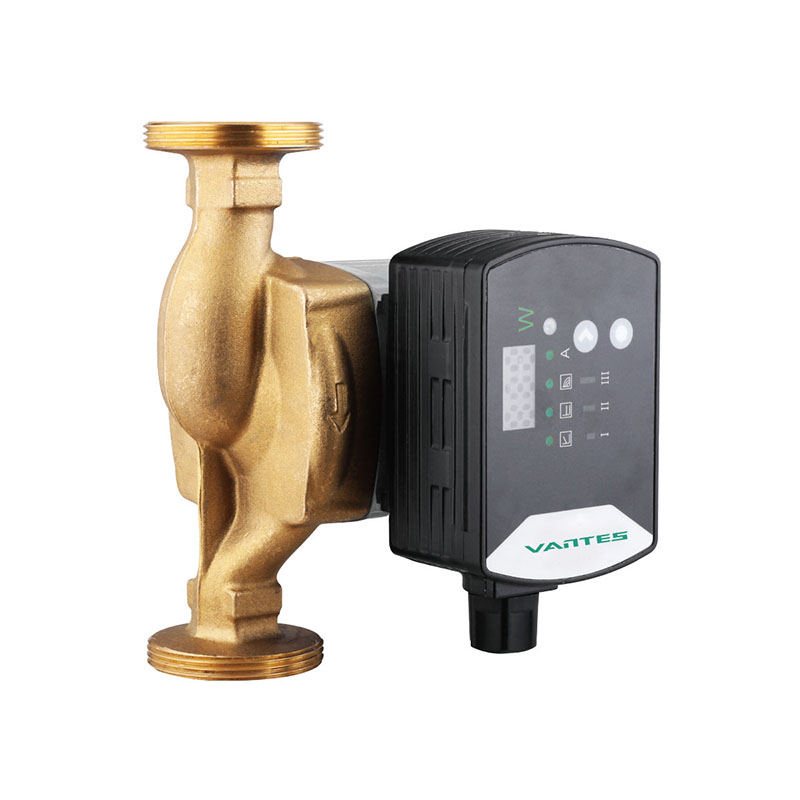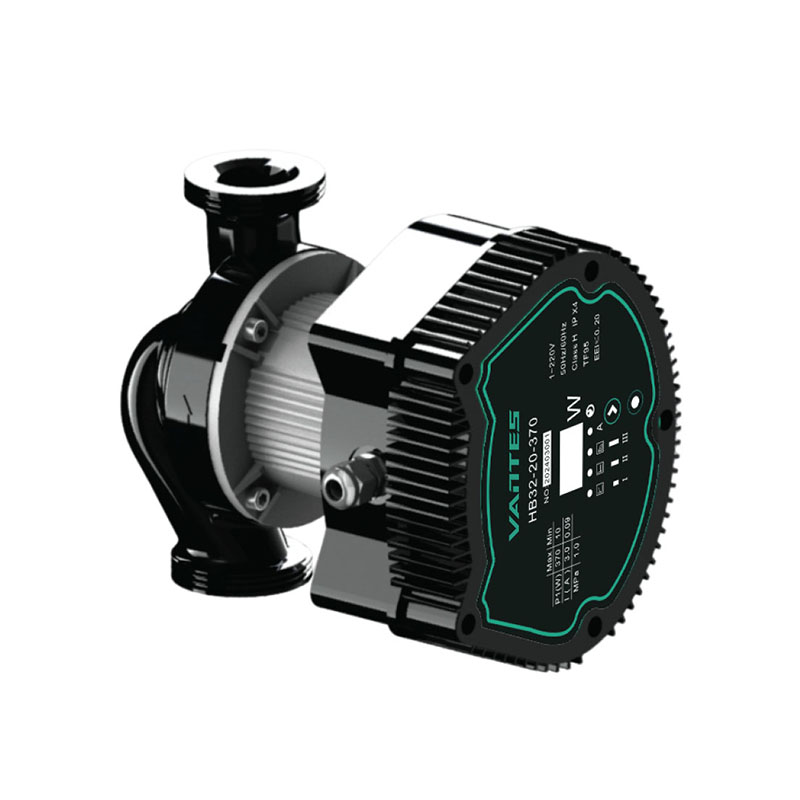In recent years, variable frequency pump technology has emerged as a transformative force across multiple sectors, the way fluid systems are managed, optimized, and controlled. From HVAC systems in smart buildings to large-scale agricultural irrigation, municipal water supply, and industrial processing, the adoption of variable frequency pump systems is rapidly gaining traction. The demand is being driven by growing awareness of energy efficiency, automation, and the need for more intelligent water management solutions.
Understanding Variable Frequency Pump Technology
At its core, a variable frequency pump uses a Variable Frequency Drive (VFD) to regulate the speed of the motor driving the pump. This allows the system to adjust the flow rate and pressure according to demand, rather than operating at a constant speed regardless of actual usage. Unlike traditional pumps, which often run continuously at speed and consume unnecessary energy, a variable frequency pump adjusts in real time, offering significant energy savings and operational efficiency.
This adaptability not only reduces electricity consumption but also extends the lifespan of the pump and connected systems by mechanical stress and wear.
Rapid Growth in HVAC and Smart Building Applications
In the HVAC sector, variable frequency pumps are playing a critical role in optimizing heating and cooling operations. In commercial buildings, they are used to regulate chilled water systems, hot water circulation, and air conditioning units. Building automation systems (BAS) increasingly rely on variable frequency pumps to ensure that fluid flow meets exact load requirements.
Industry experts note that retrofitting older HVAC systems with VFD-enabled pumps can result in energy savings of up to 50%. As governments introduce stricter energy codes and green building standards—such as LEED and BREEAM—property developers and building managers are turning to variable frequency pump solutions to meet compliance while cutting costs.
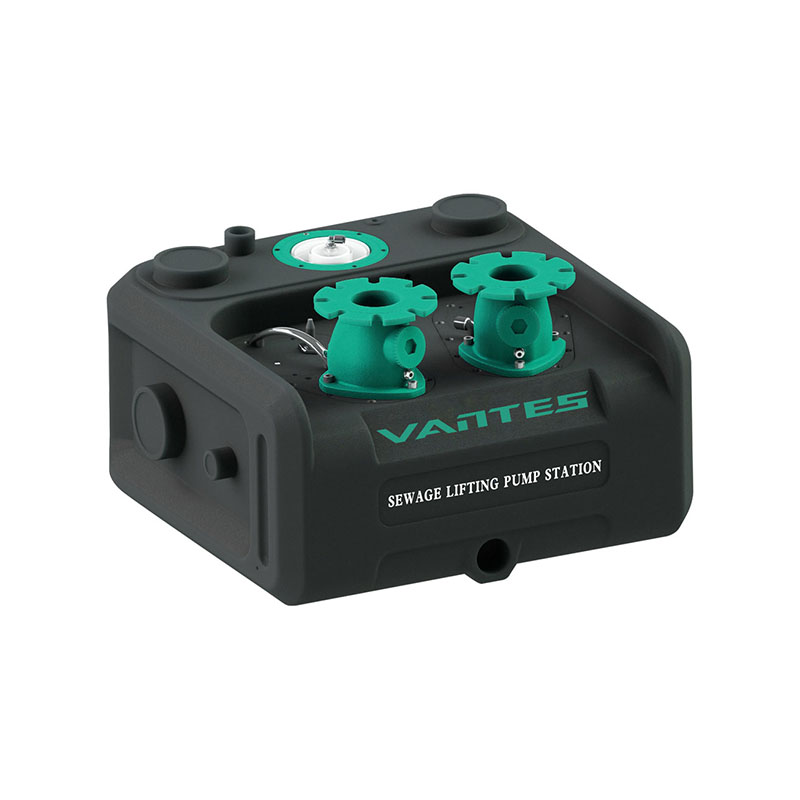
Industrial and Municipal Adoption on the Rise
Beyond the commercial space, the variable frequency pump is gaining momentum in large-scale industrial applications. In manufacturing, chemical processing, and food and beverage production, maintaining consistent flow and pressure is crucial for product quality and process control. Variable frequency pumps provide real-time feedback and can be integrated with centralized control systems to enhance overall process automation.
Municipal water systems are also benefiting. Many cities are investing in smart water networks that use variable frequency pumps to manage water distribution efficiently. These systems can respond dynamically to population demands, time-of-day usage patterns, and even emergency events such as fire outbreaks or pipe leaks. The reduction in energy consumption and maintenance downtime makes these systems particularly attractive for cash-strapped municipalities.
Agriculture: Efficient Irrigation through Smart Pumping
The agricultural industry, especially in regions prone to drought and water scarcity, is turning to variable frequency pump systems for more efficient irrigation. Traditional pumps often result in over-irrigation, water waste, and high operational costs. In contrast, variable frequency pumps enable precision irrigation by adjusting water flow based on soil moisture data, weather conditions, and crop type.
Smart farming systems now include sensors and controllers that feed real-time data to the pump's VFD, ensuring that only the necessary amount of water is used. This sustainable approach is not only conserving resources but also improving crop yields and reducing costs for farmers.
Technological Advancements and Market Outlook
manufacturers of variable frequency pump systems, including Grundfos, Wilo, Xylem, and Pentair, are investing heavily in R&D to enhance their offerings. Recent innovations include wireless remote monitoring, predictive maintenance capabilities, and integration with IoT platforms. These advancements allow users to track performance metrics, schedule service alerts, and optimize energy usage from a smartphone or desktop dashboard.
According to a 2025 market report by Allied Market Research, the global variable frequency drive (VFD) market—closely linked to the growth of variable frequency pumps—is expected to surpass USD 30 billion by 2030, with significant growth concentrated in the Asia-Pacific region due to rapid urbanization and industrialization.

